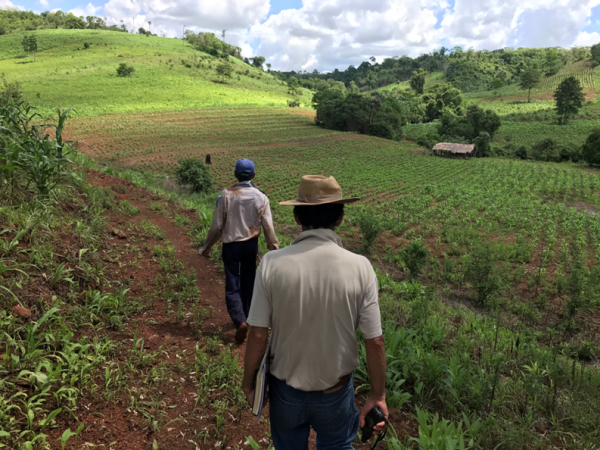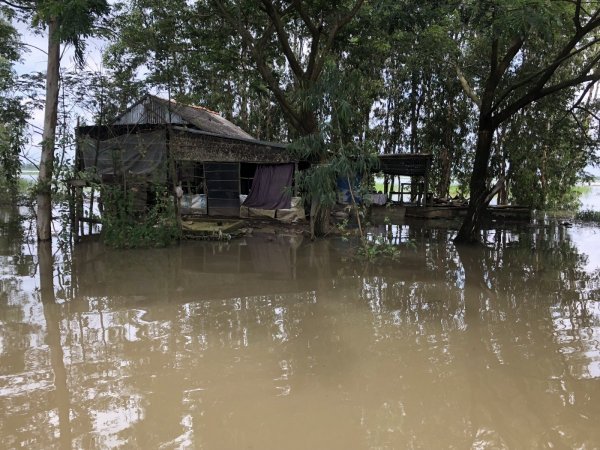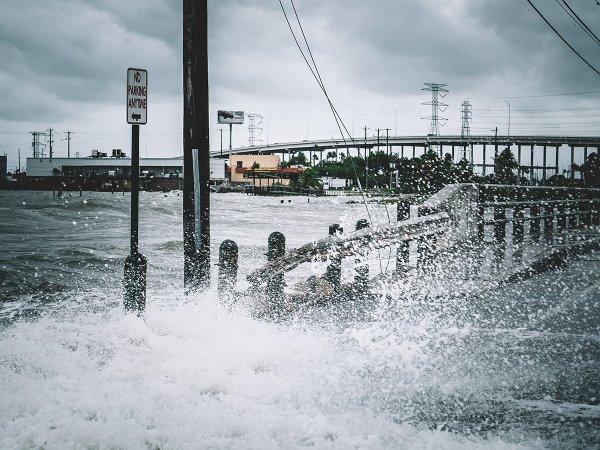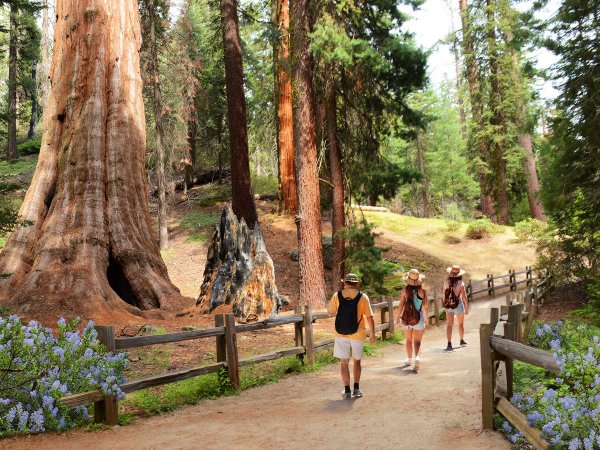Our blog features brief essays, expert commentary, op-eds, and Q&As that cover a wide variety of energy and environmental topics. Each entry is written by researchers from around Penn State, including faculty members and graduate students.
The Treasure Beneath the Surface: The role of groundwater in the development of the Kachchh region of India
Kachchh is a manifestation of a post-disaster high agrarian and economic growth fueled by the invisible water resource, groundwater. Simultaneously, it shows how the negligence of sustainable groundwater management poses a threat to the socio-economic stability of a booming economy.
Will buying a new electric Ford F-150 Lightning help save the world from climate change?
The Ford F-150 is the most popular vehicle in the U.S., so interest is high on the electric vehicle "Lightning" model. But are EVs really better for the environment than internal combustion engine vehicles?
How are we adapting? A nexus approach for addressing food-energy-water vulnerabilities in the face of climate change
In 2021, the United Nations (UN) Intergovernmental Panel on Climate Change (IPCC) released the sixth assessment report, highlighting how climate change shapes our environmental futures with more frequent and intense extreme events such as drought, floods, and sea-level rise. These natural hazards impact the ability of society to access food, energy, and water resources and introduce risks to human survival and wellbeing.
A change in season, a change in water?
For many households, a change in the season could mean a change in their water supply. What impacts household water supply for one family, however, might not affect another in the same way.
Waiting for my ships to sail
Laura Guertin discusses the challenges of getting out to sea during the pandemic and considers how these delays are impacting scientists and their ocean research.
Redressing a flood of historic injustices
Penn State’s recent entry into the Coastal and Estuarine Research Federation (CERF) design competition demonstrates how students may play a significant role in identifying ways to redress historic injustices and as importantly, not perpetuate past racist policies as communities adapt to changing sea levels.
Honoring Women in STEM
We are collecting stories from women in STEM to help inspire us all, but especially to show the world and the next generation the amazing things that women can do. Join us for the month of March, and beyond, as we honor women in STEM at Penn State.
Making the Invisible Visible: Groundwater and water insecurity in Pennsylvania
March 22 is World Water Day, and this year’s theme—Groundwater: Making the Invisible Visible—has Water Initiative Director Andrew Warner thinking of home… that is, Pennsylvania.
How a walk in the park could save the environment
The dual mandate of providing for both human health and ecological health becomes a fine line to walk for outdoor recreation managers in the United States. However, there could be a potential pathway to understanding how outdoor recreation may support both human and environmental well-being.
Engineering diversity
As a nation, we are not using our population, our personnel resources, broadly in the engineering enterprise. In the current terminology, our engineering workforce is not “diverse and inclusive.”


































